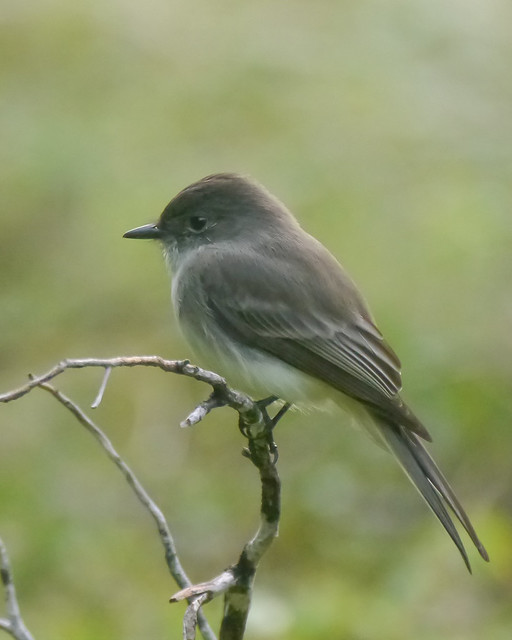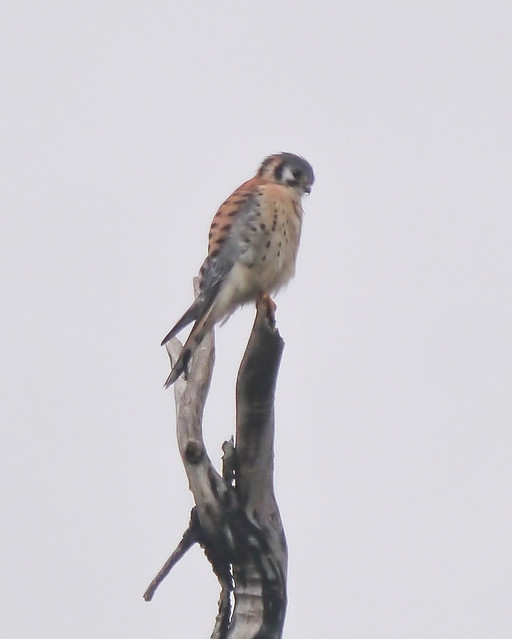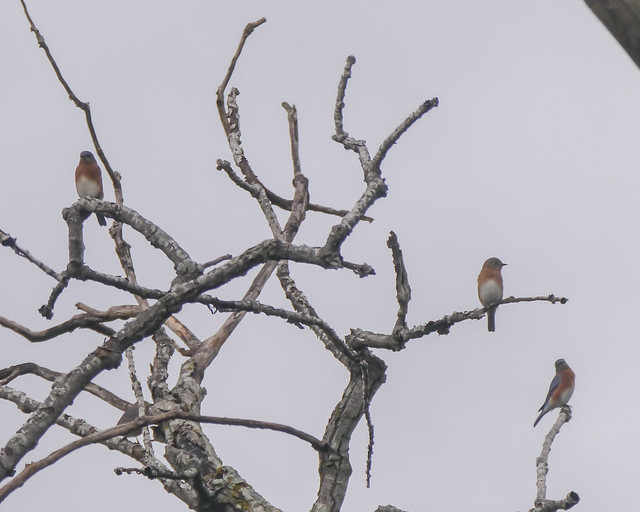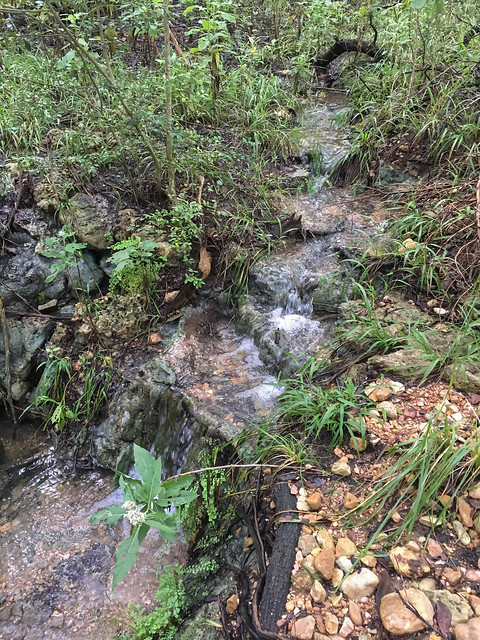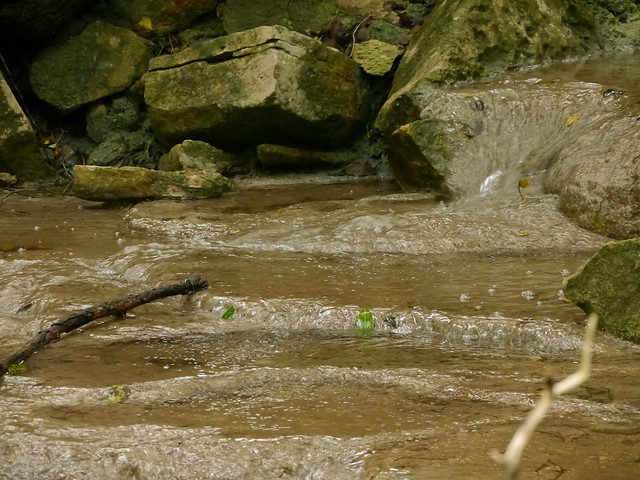I was fortunate to be able to attend the Texas Master Naturalist Annual Meeting 2018 in Georgetown this weekend. Every session I attended was great, and a day later I'm still full of inspiration and reassurance that my volunteer efforts are helping conservation in our state.
Here are some quick points that really stuck with me from each session I attended.
Connecting the land and water; influences of land practices on river and stream health
Stephan Magnelia, Melissa Parker; Texas Parks & Wildlife Department
Native riparian grasses like Switchgrass often have root systems longer than the grass is tall, and help surface water seep into the aquifer. Non-native grasses usually have much shorter root systems.
They gave everyone a copy of Your Remarkable Riparian field guide, which is a big beautiful field guide to our Texas riparian plants. And it describes a simple protocol for assessing the health of a riparian system. This looks like an invaluable guide for land owners with water on their land.
The principles of water slowing and retention that are so important to a rural riparian system are often at odds with urban and suburban creeks which have to be managed by urban engineers to move as much water through as fast as possible to avoid flooding.
Camera Trapping for Science
Tania Homayoun and Richard Heilbrun, Texas Parks & Wildlife Department
This was a fun practical overview of using camera traps or game cams to capture images of wildlife for a variety of reasons. We even got hands-on experience! Here's my team's best effort:
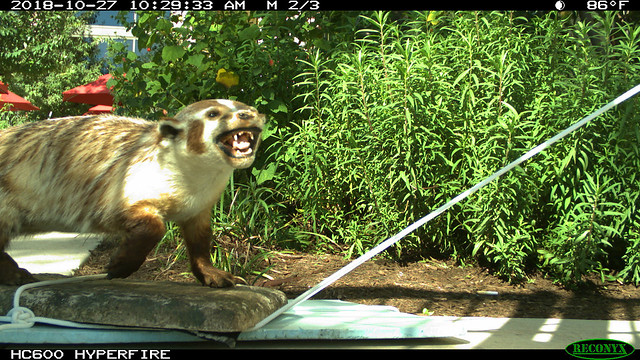
You can see more of the amazing observation we captured of a taxidermied badger here. :)
Tania runs TPWD's Texas Nature Trackers citizen science program. They will lend you camera traps! As long as you have a plan to use them and agree to post your observations to iNaturalist and share locations with TPWD's iNat projects.
Diversity, Equity, and Inclusion in the TMN Program – Leveraging the Whole Community
David Buggs Chief diversity and inclusion officer with TPWD
Get out of your comfort zone to reach out to different communities. Any effort is worthwhile!
This quote from The Nature of Americans study resonated with me:
Americans face a significant gap between their interests in nature and their efforts, abilities and opportunities to pursue those interests in their lives.
We are helping Americans cross that gap, and we need to reach as many kinds of Americans as we can!
The Geography of Grassland Bird Conservation: How International Bird Conservation Efforts are Linked to Actions in Your Backyard
James Giocomo, American Bird Conservancy
Our grassland birds are in steep decline, and Jim Giocomo is working on the Oaks and Prairies Joint Venture to try and save them. A large part of planning for this program is based on data from Breeding Bird Surveys, Christmas Bird Counts, and eBird. It's satisfying to contribute to all three.
Is this City for the Birds? Tracking Grassland Birds in an Urbanizing Texas
Tania Homayoun, Texas Parks & Wildlife Department
James Giocomo, American Bird Conservancy
Urban and suburban hike and bike trails, athletic parks, and sometimes even parking lots (with scattered trees) can provide habitat for some of our grassland birds. Jim and Tania are working on a citizen science program to learn more about this. I hope I can participate with Lake Creek Trail!
How iNaturalist Guides Policy
Sam Kieschnick, Texas Parks & Wildlife Department
iNaturalist provides us with a tool we can use to influence local policy, but not in the way I expected. Its scientific power is secondary to its social power. Local parks can be championed by dedicated iNat users to document the plants and animals there. iNaturalist makes it easy to show off this diversity with lots of photos. First build awareness and community among other people who live near a park. Then share with park management, then local politicians and leaders. Policy makers will initially be attracted to the photos, then take notice of the dedicated community.
In iNaturalist, the data is secondary to the constituency.


